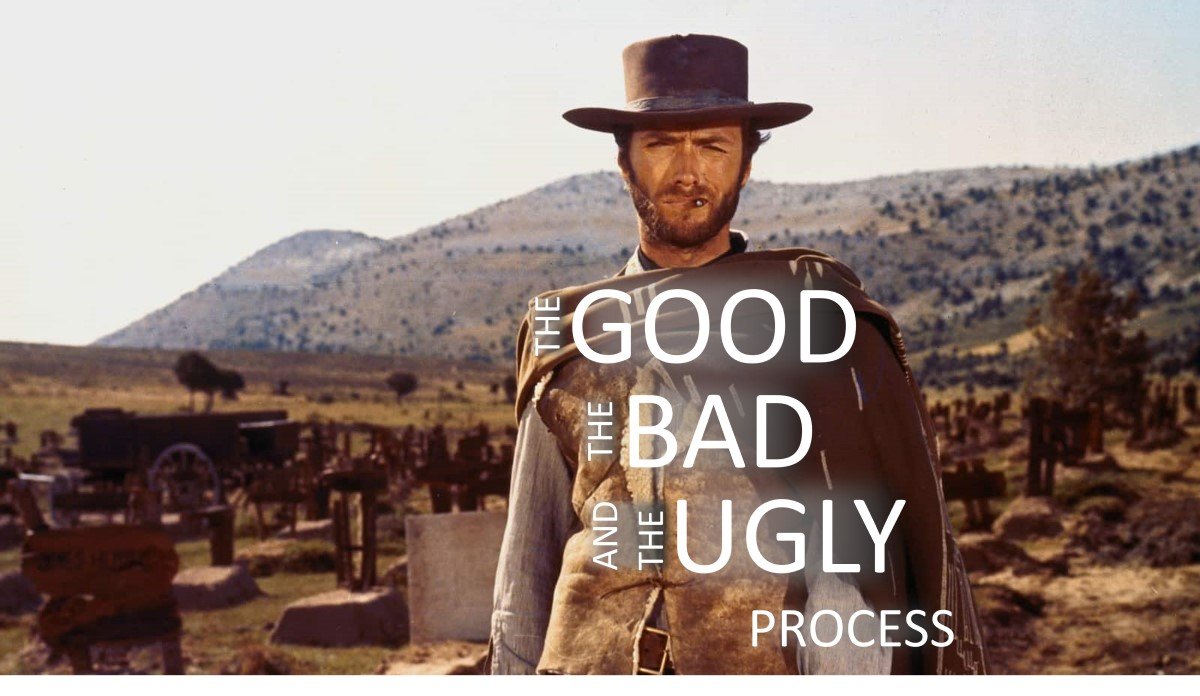
Before discussing what makes a process good, bad, or directly ugly, let’s start with the basics.
An often used way to describe a process in e.g., Lean Six Sigma or ISO 9001:2015, is SIPOC dating back to Total Quality Management in the 1980s:

Think of a bakery having a number of suppliers, providing ingredients to bread, the steps to process ingredients, the bread as output and the customers consuming the bread.
Generally speaking, the purpose of a given process is to create value in one of two ways
-
Enforcing what the organization carefully has decided to be mandatory to do
-
Share good practices (not having to re-invent the wheel) in a common Toolbox
What makes an organization prescribe a process always to be followed, depends on a number of factors like
-
Its business context. An organization within e.g., Medical Devices ISO 13485 will naturally have to have a lot of mandatory processes for it to uphold its ISO 13485 certification
-
Its perception of employees being mercenaries or missionariesLinkIts perception of employees being mercenaries or missionaries
-
Internal politics
For all organizations, the challenge is to find the balance working best for them.

Jeff Bezos
The Good processes
The processes deemed mandatory are in fact mandatory, providing essential glue in the organization. In the shared “Pick & Use Toolbox” we’re finding a wealth of processes and tools for different purposes – not having to re-invent the wheel and facilitate the all-important integration and sharing of learning. We trust the employee’s ability to apply this Toolbox as needed in the given situation, without strict prescription.
The Good processes help organizations in their quest for agility, customer focus and market position.
The Bad processes
Most processes are here generating value, if used in the proper context. The problem making them bad is the disproportional use of prescription, forcing the process overhead in cases not relevant.
Bad processes undermine agility and distracts organizations from focusing on the customer.
The Ugly processes
The directly ugly processes are those not generating value at all. “Each Friday you have to fill numbers xyz in your report … but nobody uses that data, so why do it? Because the process manual says so!”
Most organizations have a natural tendency to answer growth with more bureaucracy. Left untethered, this autopilot will add more governance- and control bodies and more process prescriptions.
Ugly processes kill organizations, loosing sight of the customers.
